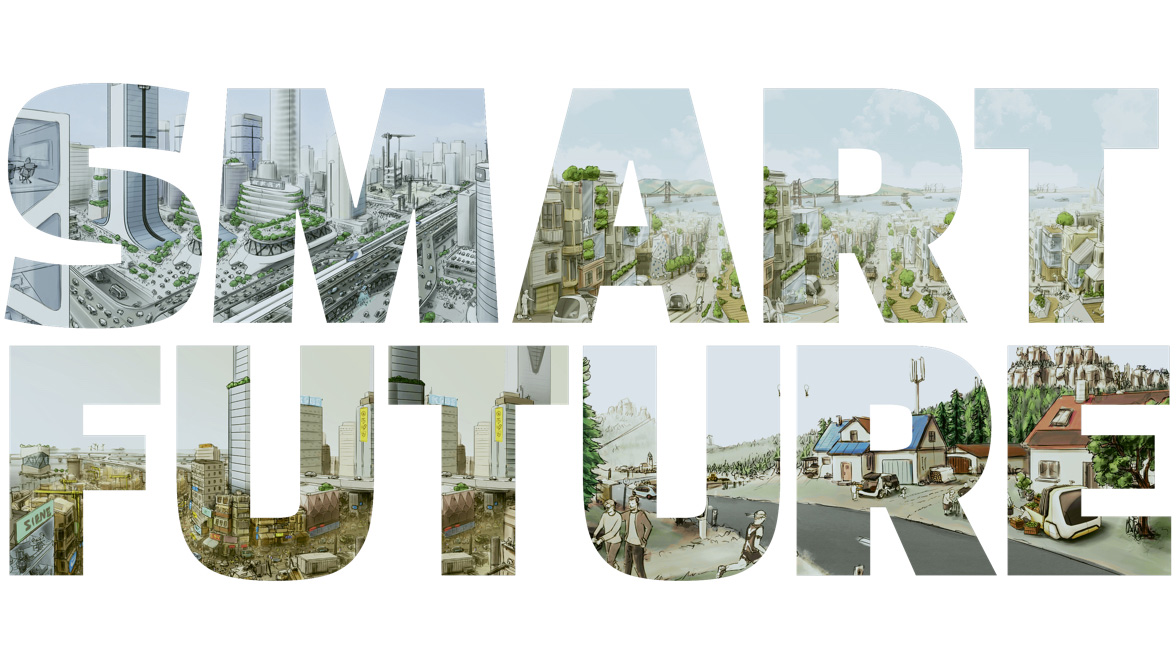How will people get from A to B in the future? The Futures of Mobility project developed scenarios for 2030+.
Vehicles that take you direct to the 30th floor. Automated deliveries direct to your doorstep whenever suits you best. Passenger drones that fly round traffic jams. That could be the future shape of mobility in metropolitan cities. Everyday life for people living in a megacity is very different from daily life in a sparsely populated rural area. That is why demands on mobility also vary so much. The Volkswagen Group has developed several scenarios for the year of 2030+. “With Futures of Mobility, we offer a tangible vision of the lives that our customer will lead in various regions of the world in the future,” says Dr. Daniel Kauer, Head of Product and Platform Strategy at the Volkswagen Group. San Francisco, Beijing, Mumbai and eastern Saxony serve as representative examples for many other regions on the planet.
No blanket solution
Numerous trends and factors were examined under the project led by Dr. Michael Müller and Bita Daryan. One such factor is urbanization. In 2050, around 80 percent of the world’s population will live in metropolitan areas – double the present figure. The impact of urbanization on traffic will be felt in both urban areas and rural regions. The economic and political framework, cultural trends, environmental aspects and innovative strength also play a role. “That means each type of city needs its own mobility solution,” explains Dr. Axel Heinrich, Head of Group Research at Volkswagen. Beijing, for example, will produce significant amounts of vertical growth, which is why vertical transportation is more important there. In contrast, San Francisco could give priority to adaptive vehicles – in other words, vehicles that modify themselves to a user’s needs and can become mobile offices or living rooms. In rural areas like eastern Saxony, shared mobility concepts could feature more prominently.
Out of the lab and onto the road
Group Future Heads, a network of some 200 experts from different fields and regions, bundles the expertise and knowledge in the project. The company is expanding its portfolio based on Futures of Mobility. Describing the approach, Kauer says, “Product, service and business models will no longer be segregated from one another. Instead they will be developed into a holistic mobility solution for our customers.” And the future is already defining the work of the Volkswagen Group. “We are already experiencing and shaping the change in many areas,” says Heinrich. “I’m talking about things like new drive technologies, new mobility services, or autonomous driving.”
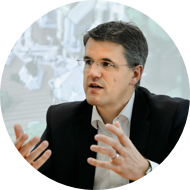
“Our worlds of the future don’t focus on specific vehicle innovations. Rather, they concern the wishes and desires of people.”
Dr. Daniel Kauer, Head of Product and Platform Strategy, Volkswagen Group
SAN FRANCISCO: West Coast trailblazer
Hardly any other place has defined the digital transformation like San Francisco. Nearby Silicon Valley is one of the most important IT and high-tech locations in the world. On the other hand, the city needs to overcome major challenges such as the risk of earthquakes and the threat of water shortages. Housing is becoming increasingly scarce. For these reasons, the city needs an infrastructure that enables mobility and is environmentally efficient.
San Francisco 2017 – 2030+
Economy: The region’s economy is booming and will continue to grow. The number of jobs is forecast to increase from 600,740 (2013) to just short of 707,000 in 2030. At the same time, social imbalances could be exacerbated. San Francisco already has the highest poverty rate in the region.
Mobility: Housing space is becoming ever more scarce and rents are getting ever more expensive, particularly in the city. As a result, more and more people will have to move to outlying areas and commute downtown. San Francisco wants to make its streets safer: traffic fatalities are to be totally eliminated by 2024 (Vision Zero).
Innovation: With Silicon Valley nearby, people in San Francisco are very open to future technologies. The city will continue to rank among the leading innovation economies in the future. The city’s trailblazing role will be strengthened by planned infrastructure investments of some $10.1 billion by 2030.
Environment: There is a keen interest in sustainability and the city has set itself ambitious targets: the goal is to have 100 percent renewable electricity supply community wide by 2030. Moreover, there is to be zero waste by 2020. Today, the recycling rate is already 80 percent.
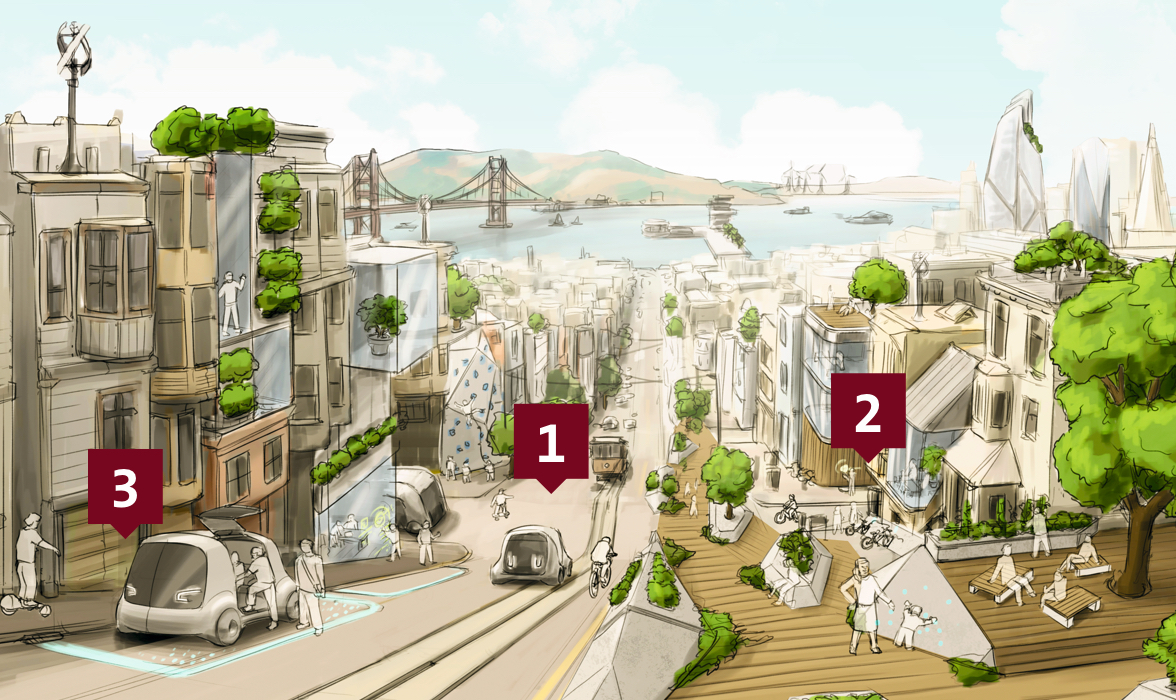
On the streets of the future
1 Adaptive vehicles
The car as a place to live and work – on the move. In the future, cars can be individually configured and adapted to suit specific needs. As an open-air office, for instance: the car becomes both a workplace and a means of transport. It is fully connected and equipped with sensors, among other things. That means it can even turn itself into a camera or a scanner, for example to make 3-D recordings for virtual reality videos.
2 Smart bicycles
Equipped with navigation system, GPS, and sensors, bicycles become another part of the digital infrastructure. So the interaction between the different forms of transport – cars, autonomous shuttles and bicycles – is stress-free. Eliminating parking space means greater freedom for cyclists, too. Moreover, the extra bicycle lanes ensure greater safety.
3 Wireless charging stations
E-mobility will become standard. Charging stations throughout the city will make it easy to fuel up – minus the tangled mess of cables. In the future, there will be special loading plates for wireless charging at parking spaces, for example. An EV parked on one of these spaces is automatically charged.
BEIJING: Efficient hypercity
It’s a megacity between traditional and modern: society is shaped by the political framework, but prosperity and education lay the foundation for a growing middle class, and individuality and sustainability are gaining in importance. As a result, demands on infrastructure, mobility, and safety are increasing. Moreover, the Beijing metropolitan region is to become the urban development model for the China of the future.
Beijing 2017 – 2030+
Economy: Beijing is an ever-growing, attractive industrial location. China plans to strengthen its technology industry and industrial production over the coming ten years. Some 70 percent of industrial robots, for example, are to be manufactured domestically.
Mobility: By 2030, some 130 million people will be living in the Beijing metropolitan area – about 30 million more than today. That means an immense increase in traffic flows. High-speed trains will enable efficient transport. Today, China’s bullet train rail network is already longer than the European network. A further 7,000 kilometers are to be added by 2020. In addition, the government is planning to build 23 new subway lines by 2030.
Innovation: Beijingers are known to have a high affinity for new technologies. Not only that, but the region is also the most important player in the gigantic market for data collection and analysis. Furthermore, the government encourages forward-looking technologies and innovations to locate in the region.
Environment: Smog is a big problem in Beijing. Decisive action is being taken against air pollution in preparation for the 2022 Winter Olympics. Political restrictions such as e-mobility incentives and banning certain car models have already significantly improved air quality and the quality of life.

On the streets of the future
1 High-speed lines
Given the high population density, efficient mobility is particularly difficult. One solution is dedicated lanes for autonomous vehicles, where they can travel faster and more safely than on roads with mixed traffic.
2 Vertical mobility concepts
Anyone who likes to travel in comfort can enjoy “first-class mobility” in luxuriously equipped vehicles, where business professionals, for example, can relax or work during the journey. In the future, these vehicles will dock onto skyscrapers and deliver their passengers to the right floor.
3 Passenger drones
Despite smart traffic concepts, there will still be congestion on Beijing’s streets. The fastest way to travel will be by air. The first passenger drones will take Beijingers to their destinations. Quadcopters will be fitted with cabins that can comfortably transport one or two passengers.
MUMBAI: On the road to the modern world
To an outsider, the scene is one of chaos. With a population of around 18 million, Mumbai has the world’s highest population density. The modern metropolis is a magnet for international professionals and young, highly educated Indians. The population of Mumbai Metropolitan Region is likely to reach 33 million by 2030. Rapid growth is exacerbating the social and infrastructure problems – first and foremost as regards housing, which is already in short supply. The state government is aiming for a slum-free Mumbai by 2022.
Mumbai 2017 – 2030+
Economy: The young population and ever more skilled specialists make Mumbai a favorite location for the digital industry and the financial sector. There will be significant economic growth. By 2025 Mumbai will rank among the world’s richest cities.
Mobility: As a result of the growing economic strength, more people will be able to afford a car of their own. By 2025, the number of cars in Mumbai will rise to about 40 – 45 per 1,000 inhabitants, compared with only 20 today. The transport system is already overloaded and the situation will get worse.
Innovation: Mumbai is a city of contrasts. On the one hand, Mumbai residents love high-tech and enjoy trying out new technologies. On the other, society is still shaped by traditional ways of thinking and working.
Environment: The quality of life in Mumbai is suffering. This is due to the critical state of the environment in terms of emissions, air and water quality, and hygiene. The Indian government is taking the first steps and has pledged to reduce emissions by 35 percent by 2030.

On the streets of the future
1 Shared mobility concepts
Digitalization will make more efficient use of the existing infrastructure in Mumbai. Shared mobility concepts, for example, will ease the strain on mobility. People can select and share different models from a vehicle fleet to suit the specific occasion.
2 Bus rapid transportation
For getting to your destination quickly and easily despite the immense commuter traffic, Mumbai will have exclusive lanes for innovative rapid buses. Thanks to their own infrastructure, these buses take their passengers to their destinations faster and more reliably.
3 e-mobility zones
The widespread use of electric vehicles helps to improve air quality. That is why creating emission-free areas in the city is one element of the sustainable urban planning concept. The only vehicles allowed to travel in these areas are electrically powered. Anyone who does not own an EV can book an e-shuttle using the MOIA app.
EASTERN SAXONY: Bridging the distance
Picturesque landscapes, but not many people – Saxony is already clearly feeling the effects of demographic change. Some local communities will have lost almost one-quarter of their inhabitants by 2030. Young people in particular are moving to cities, and by 2030 the average age in Saxony will be about 48. Rural life does have its advantages, though. Everyone knows everyone else, people help each other and engage with their communities.
Eastern Saxony 2017 – 2030+
Economy: Agriculture will remain a key sector, but tourism also generates revenues and jobs. However, given the demographic trend, pensions will be the most important source of income. At the same time, eastern Saxony could see the creation of social innovations such as community services and local exchange concepts.
Mobility: Because of the sparse population, infrastructure is expensive and expansion is stagnating. That is true for broadband coverage as much as for energy, goods and services, schools, and physicians. Without a car, is it hardly possible to cope with everyday life in the region. Given the aging population and general budget restrictions, that could become a problem.
Innovation: There is still no reliable, area-wide broadband coverage. However, there are plans to invest €160 million in expanding the broadband network. New living environments such as multigenerational homes are already being tested in the region.
Environment: Country air is healthy – above all tourists from the cities appreciate that. Consequently, sustainability and nature conservation are an issue in the region. Local production of energy from renewable sources will spread. And the majority of new vehicles will have an electric drive.
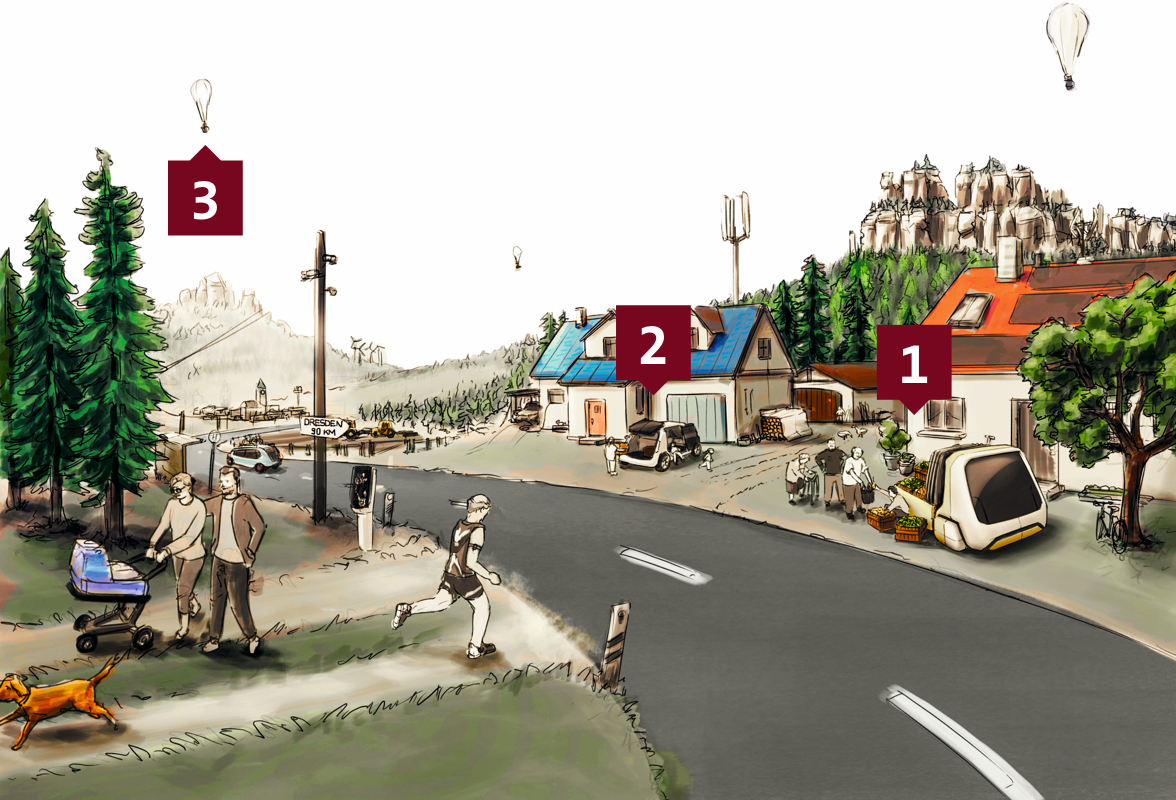
On the streets of the future
1 Delivery networks
People usually have to travel quite a distance to supermarkets, bakerys, or drugstores. That is why networked delivery systems are important. For example, mobile convenience stores could deliver basic groceries directly to the door. Thanks to community platforms, neighbors could run errands when they drive to town.
2 Shared mobility
In rural areas, having your own car will always be important. Nevertheless, there will also be car-sharing concepts such as peer-to-peer platforms that function like ride-pooling centers. Or autonomous shuttles that collect passengers direct from their doorsteps.
3 Temporary infrastructures
In 2030, area-wide broadband coverage will still not have materialized. That is why temporary digital infrastructures will be set up – in the air. Drones with integrated radio units will provide highly efficient data lines.
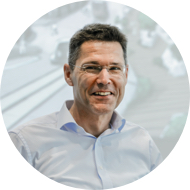
“The scenarios of the worlds of the future will be developed further and refined.”
Dr. Axel Heinrich, Head of Group Research, Volkswagen Group
Smart city concepts
All over the world, the Volkswagen Group is working on services and solutions for intelligent mobility. These activities include the following three research and pilot projects.
SEAT Metropolis: Lab Barcelona
SEAT and the city of Barcelona wish to support innovation and sustainable mobility. The company is one of the initiators of CARNET. Other participants in this research and innovation network are Volkswagen Group Research and UPC (Polytechnical University of Catalonia). The lab has already presented concrete solutions such as the “About it” navigation app.
Intelligent solutions for China
The requirements for smart mobility are growing in China’s urban areas. The Volkswagen Group is working on concepts for the smart city of the future with partners, such as Tongji University in Shanghai and further cities in China.
Smart City Dresden 2025+
Dresden is to become a model city for smart traffic concepts. That is why Volkswagen Saxony and the state capital have formed a partnership. Their aim is to introduce new solutions and services, such as the UMA Navigation app for smartphones that continually checks the current traffic situation to recommend the ideal route and provides information on parking availability.
